Let There Be Light
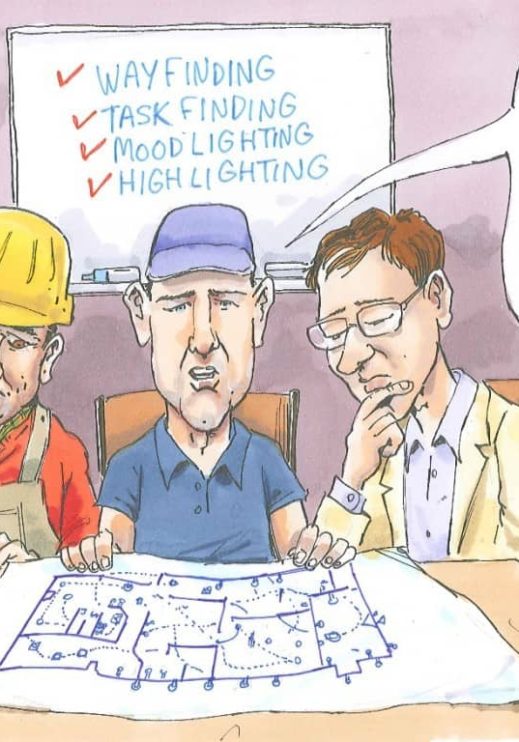
Lighting is an important part of the homeand serves both an aesthetic and practical purpose. While lighting design is usually the responsibility of an architect or interior designer, it’s just as important for builders to understand the strategies behind good lighting. Jerry Tyrrell explains.
Every job we do has lights; whether they’re inside or outside, on the ceiling or wall, or in spot and foot lighting. And builders and electricians blindly install whatever is on the electrical layouts.
To me, most lighting layouts don’t make sense and are an expensive and functional waste of money and energy. What is worse, the quality of the light fitting itself is often poor which leads to unexpected maintenance. Some lights could cause injury because they are incorrectly sealed against moisture, or because tradesmen and owners don’t realise that some transformers will cause fires.
Halogens never made sense to me. Most of the properties I inspect have up to eight in the main bedroom and 14 in the living room. In summer they create additional heat. And you have to move the insulation away from the transformer, making the thermal performance even worse.
The lamp holders can fall apart because the lamp pins ‘weld’ themselves into the socket. Often, an external fitting will blister and deteriorate within two years.
The good news is that light-emitting diodes (LEDs) and other energy-efficient lights need less maintenance and will replace most current technology. However, the knowledge about what light we need and where it should go is still a work in progress.
Designers and architects should lead the way in this. But in the meantime, we can save our clients money by understanding the principles and strategies of good lighting.
Principle #1
Provide adequate lighting for:
-Safety.
–Illuminating a journey, activity or task.
When you next build, challenge your client to give his or her designer clear instructions about the lighting they want. As shown in this diagram, there are four main lighting strategies: wayfinding, task lighting, mood lighting and highlighting.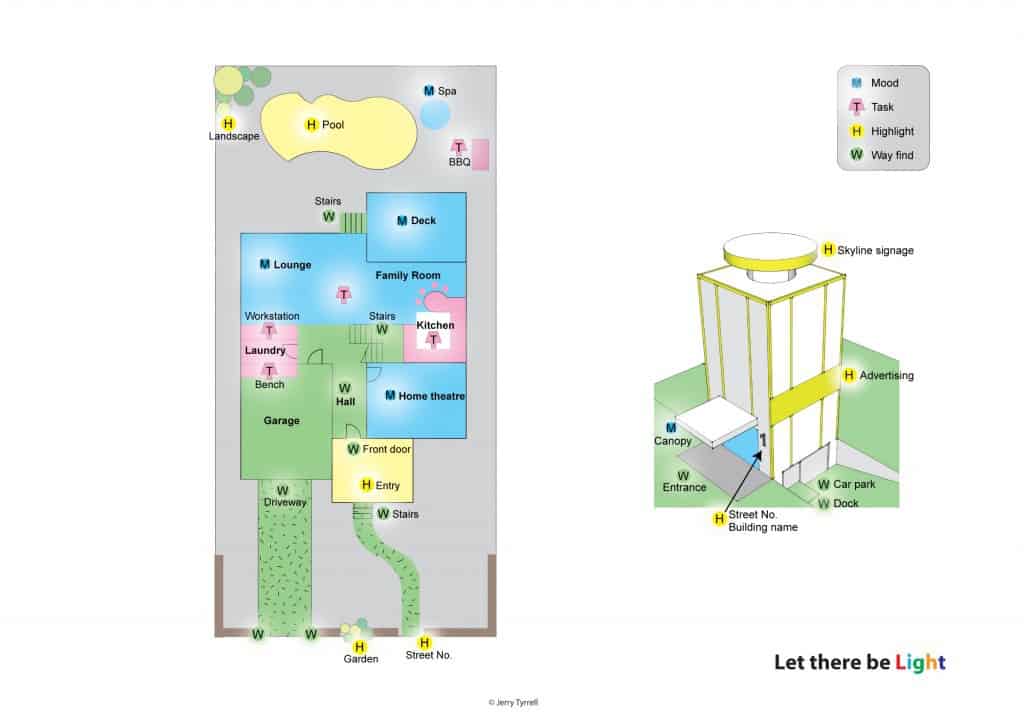
Principle #2
Choose lights that:
– Are easy to install.
– Have lamps that are easy to change.
– Will not need maintenance for at least 10 years.
– Are vandal-proof where necessary.
– Are energy-efficient to operate.
– I suspect this means throwing out most lights in your home or building.
Lighting strategies
I have written this article to make sure we are clear about these strategies. I reckon there are four main reasons why we need lights:
– Wayfinding lets us see where we want to go and how to get there.
– Mood lighting creates the atmosphere we want in the room or space.
– Task lighting helps us see the jobs or activities we are doing clearly.
– Highlighting shows off whatever you want to show off – a garden, an entry, the spa or an entire building.
When you next build, challenge your client to give his or her designer clear instructions about the lighting they want. Tell them the old ways are ‘OLD’. The new way is better – cheaper to start with, cheaper to maintain and a lot less energy.
And if their designer still wants to litter the ceilings with 50 halogens, discreetly refer your client to a lighting designer or architect with a proven track record in lighting up their clients’ lives.
Useful definitions
Candela: Unit of measurement of light in a specific direction.
Colour rendering: Ability of light to show colour accurately (compared to seeing that colour in direct sunlight).
Illuminance or lux: Amount of light on a surface (lux = lumens/m²).
Light: Radiant energy or electromagnetic (visible) radiation which we can see.
Luminance: Amount of light coming from a surface (candelas/m²).
Types of lights
– Downlights – including ceiling lights such as pendants and oysters.
– Uplights – including wall and recessed lighting.
– Spotlights.
– Accent lights – including strip and decorative lighting.
– Specific purpose lights e.g. bollard lights.


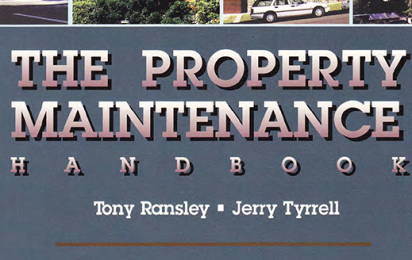



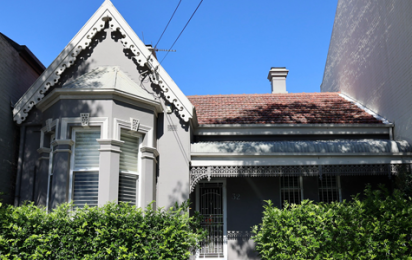

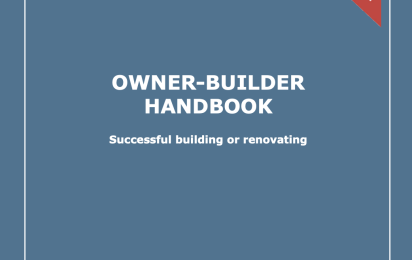

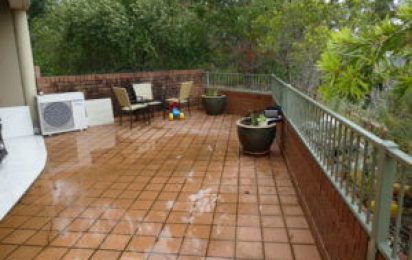




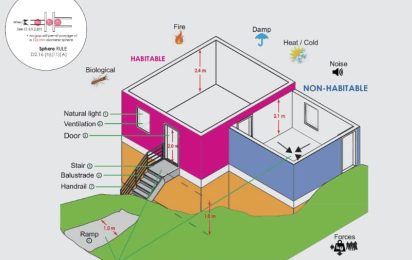







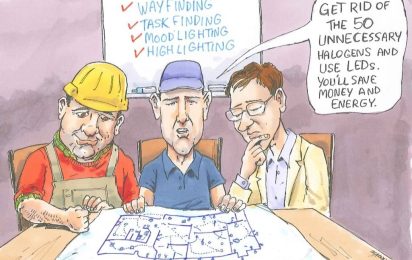



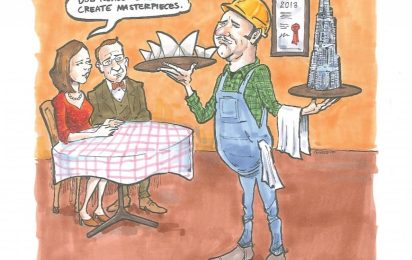
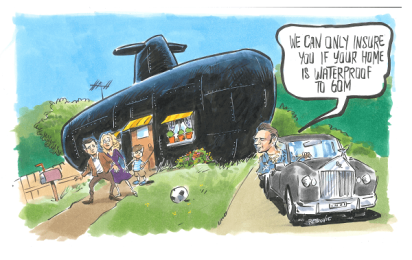



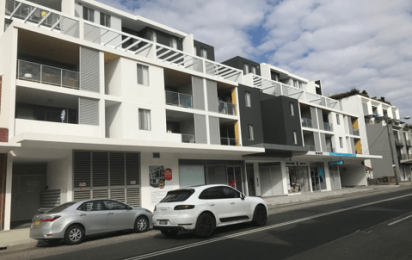


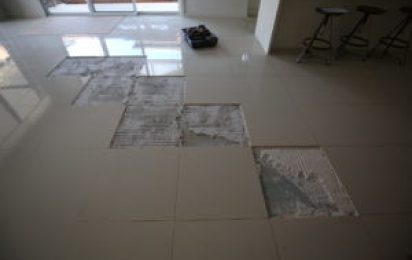



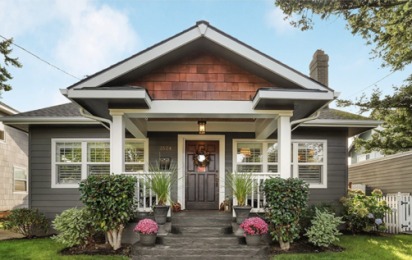

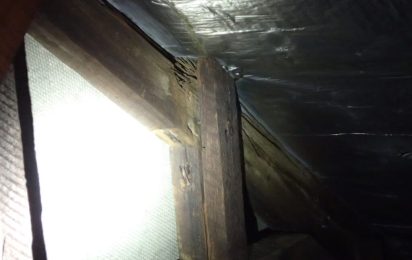
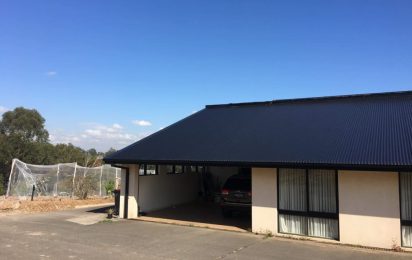

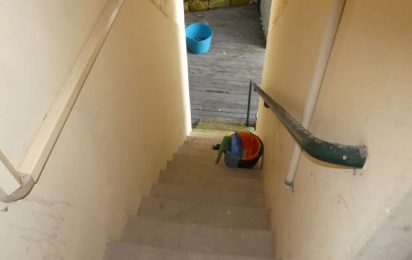
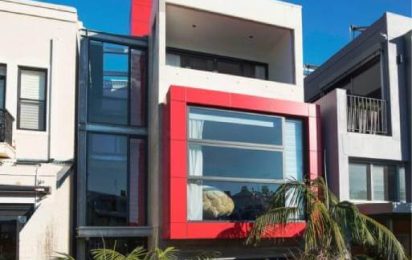

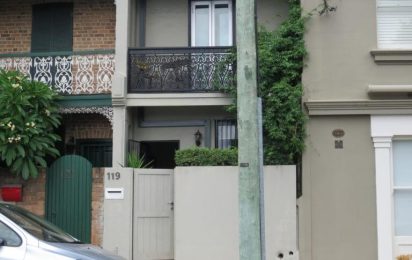
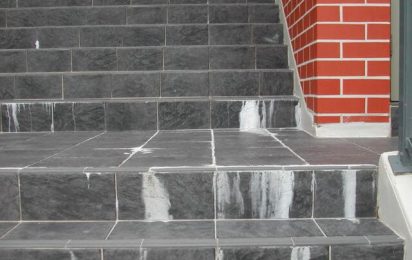


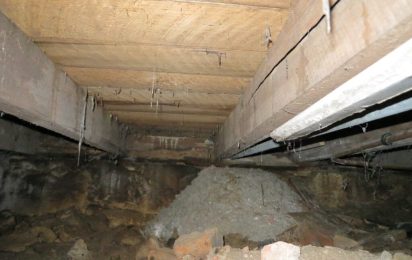





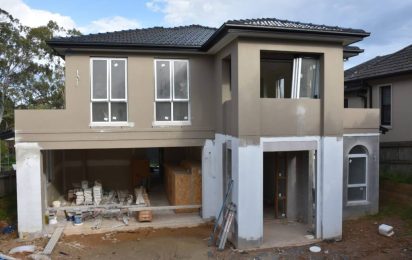
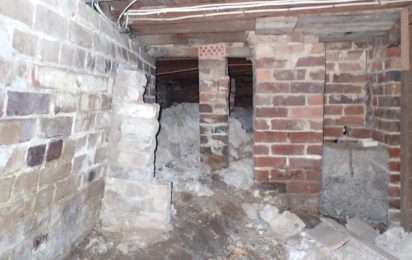
 Back to publication
Back to publication
